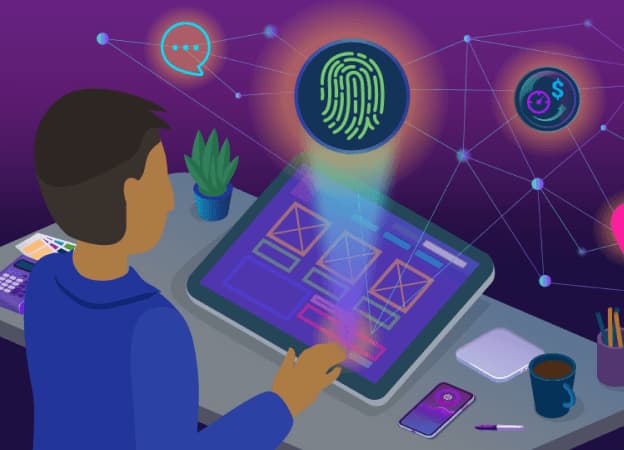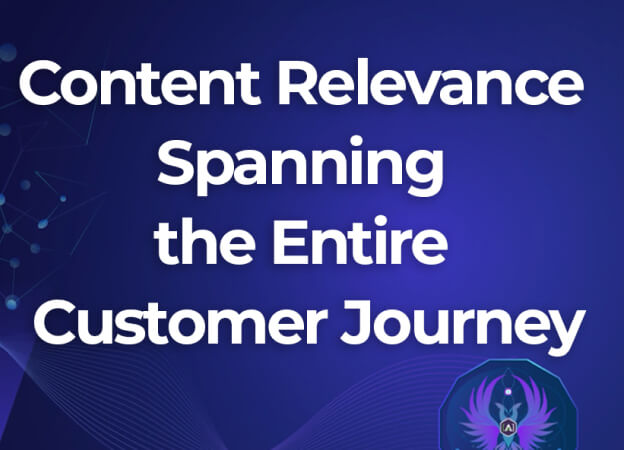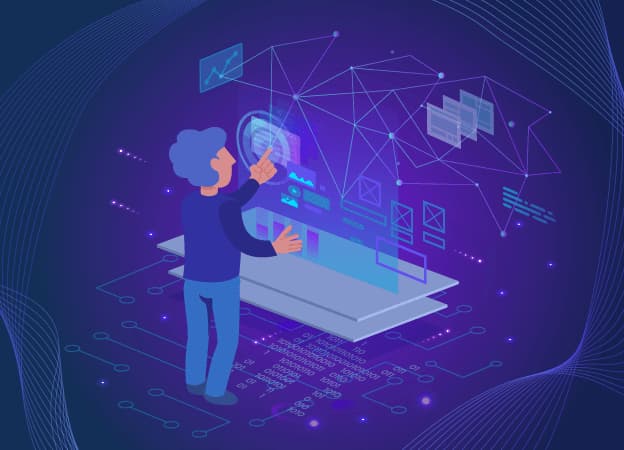By Alan J. Porter, Director of Content Intelligence Strategy at [A]
Of all the things I love about attending industry conferences in Las Vegas, cab drivers are close to the top of the list.
Over the years, I’ve learned a lot riding in Vegas cabs. Just a few weeks ago, I developed a whole new appreciation for the early works of Lou Reed and the Velvet Underground during the cab ride from my hotel to the airport. I’ve also had discussions about a wide variety of other subjects, including robotics, artificial intelligence and how our brains work, adapt and learn, as well as the life and times of Marilyn Monroe and the problems of staging a low-budget musical.
But perhaps one of my most interesting learning moments happened the day my cab driver’s credit card machine lost its connection and stopped working. It was one of those card readers that are fixed to the back of the seat and let passengers swipe their cards for a quick and easy exit. A great idea — until they stop working.
How Quickly Good CX Turns to Bad CX
The friendly driver cheerfully said, “Not to worry, we have a backup process for when this happens.” At first, I wasn’t sure whether he meant that they had thought through various customer experience permutations and had planned for a disconnected card reader or, conversely, that they had a systemic issue and, instead of fixing it, had just cobbled together a procedure. It turned out to be the latter.
I won’t go into a blow-by-blow account, but the “backup” process rapidly turned my happy cabby into a frustrated and annoyed one.
The process involved him calling a central number and getting passed from a dispatcher to the finance department to the IT people and back to the finance people, seemingly in an endless loop. At each step, he had to repeat the same basic information, and at one point he had to get out of his cab to find a reference number that was painted on the outside! He had his phone on speaker, so I heard every transaction and exchange, including the ones that included the occasional swear word.
During this seemingly endless process, the driver rebooted the machine a couple of times and got it working himself. He gave me a wry smile as I paid and headed for my flight, but I pitied the next person to step into that cab.
I won’t go into a blow-by-blow account, but the “backup” process rapidly turned my happy cabby into a frustrated and annoyed one.
The process involved him calling a central number and getting passed from a dispatcher to the finance department to the IT people and back to the finance people, seemingly in an endless loop. At each step, he had to repeat the same basic information, and at one point he had to get out of his cab to find a reference number that was painted on the outside! He had his phone on speaker, so I heard every transaction and exchange, including the ones that included the occasional swear word.
During this seemingly endless process, the driver rebooted the machine a couple of times and got it working himself. He gave me a wry smile as I paid and headed for my flight, but I pitied the next person to step into that cab.
A Failure to Consider Customer and Employee Needs
As for the “backup” process, they clearly didn’t have one, or at least not one that was accessible, well documented or efficient. And if any process needs to be efficient, it is one where cab drivers can help passengers pay quickly and easily at the airport, because chances are that passengers are in something of a rush in those situations. Clearly, the cab company had not considered context, customer needs and the impact that the technical difficulties would have on employees dealing with angry and impatient customers.
I’m not sure when exactly it happened, but at some point in my career there was an inflection point when the technology I used at home overtook the technology I used at work. When I started working, the only place where I had access to a computer was at the office. That’s where technology lived. But with the explosive growth of personal computers and mobile technology, many people now walk around with more computing power in their pockets than we could have possibly imagined 20 years ago.
With that change has come changes in behavior and changes in our expectations of what our interactions with technology should be. We are no longer tolerant of the poor user experiences of old. We expect that interacting with the digital world should be intuitive and engaging, and that those interactions should provide value and deliver the right content consistently across the various channels we use.
I’m not sure when exactly it happened, but at some point in my career there was an inflection point when the technology I used at home overtook the technology I used at work. When I started working, the only place where I had access to a computer was at the office. That’s where technology lived. But with the explosive growth of personal computers and mobile technology, many people now walk around with more computing power in their pockets than we could have possibly imagined 20 years ago.
With that change has come changes in behavior and changes in our expectations of what our interactions with technology should be. We are no longer tolerant of the poor user experiences of old. We expect that interacting with the digital world should be intuitive and engaging, and that those interactions should provide value and deliver the right content consistently across the various channels we use.
Treat Employees Like Customers
Those changes notwithstanding, many companies still expect their employees to use old systems that are anything but intuitive and engaging. And that’s a problem, of course, because people’s behaviors and expectations don’t change when they go to work, whether that means walking into an office or settling into the driver’s seat of a cab. No matter where they earn their livings, people look for the same digital experiences they have as consumers.
Remember: Your employees are customers of other companies, so you should think of them as your customers, too. If you see your employees as internal customers and offer them the same digital experiences you offer to external customers, your employees will be more engaged, more productive, and brand-loyal.
The incident in the cab made me realize that there’s another aspect to that viewpoint. What about the systems that employees have to use when they are interacting with customers? Customers may make decisions about their potential ongoing experiences with your company based on how easy (or difficult) it is for your employees, agents, etc. to complete their tasks.
Remember: Your employees are customers of other companies, so you should think of them as your customers, too. If you see your employees as internal customers and offer them the same digital experiences you offer to external customers, your employees will be more engaged, more productive, and brand-loyal.
The incident in the cab made me realize that there’s another aspect to that viewpoint. What about the systems that employees have to use when they are interacting with customers? Customers may make decisions about their potential ongoing experiences with your company based on how easy (or difficult) it is for your employees, agents, etc. to complete their tasks.
Not every aspect of customer experience is a direct interaction; often it’s an observation rather than a transaction.
[A] Editor's Note: This article was originally titled "How Good Customer Experience Can Turn Bad, in the Swipe of a Credit Card" and published on CMSWire on May 3, 2018.
[A] Editor's Note: This article was originally titled "How Good Customer Experience Can Turn Bad, in the Swipe of a Credit Card" and published on CMSWire on May 3, 2018.
Next Steps:
- Read [A]'s article, "What is Intelligent Customer Experience", to learn how content intelligence can improve both customer and employee experience.
- Learn how to accurately measure customer experiences by reading "Are You Measuring Part or All of the Customer Experience?"
- View our Video Keynote, "The Next Generation of Intelligent Customer Experiences" to hear from leading experts on the necessities of organized content in customer experiences.



